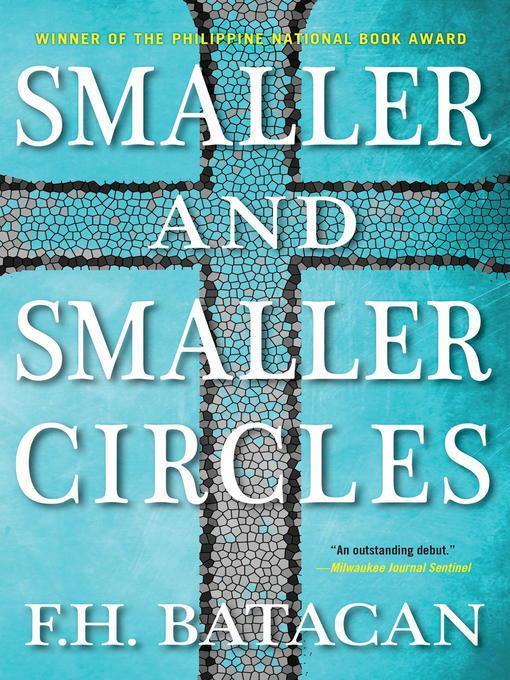
Smaller and Smaller Circles
- اطلاعات
- نقد و بررسی
- دیدگاه کاربران
نقد و بررسی

June 29, 2015
Set in the Philippines in 1997, Batacan's richly detailed and deeply unsettling debut won the Philippine National Book Award in its original short form. In this expanded version, Fr. Gus Saenz, whose skills as a forensic anthropologist with a concentration in forensic pathology are often sought after by the country's National Bureau of Investigation, helps look into the deaths of six boys, all of whom were found in Quezon City's Payatas dump site, where children often pick through garbage to provide for their families. The victims' faces, hearts, and genitals were removed, and Saenz, along with his friend and protégé, Fr. Jerome Lucero, a clinical psychologist, are sure the killer has a very specific agenda. As the priests work to identify the boys and their killer, they must wade through the political muck surrounding a case that no one wants publicized, in a country where centralized crime statistics are unheard of and resources are scarce. Batacan evokes the mountain of garbage at the heart of the story so clearly that readers can almost smell the stench, but it's clear from this gruesome tale that refuse isn't the only thing that's rotten in Manila. Agency: Books@Jacaranda (Philippines).

May 1, 2015
This novel, considered by many to be the first Filipino crime novel, follows two priests as they investigate a series of killings. Father Saenz is a forensic scientist and his colleague Father Lucero is a psychologist. They have been asked by the head of the national police to examine the bodies of several young boys found in one of Manila's enormous garbage dumps. The priests discover the boys were trash pickers, and their deaths had gone unnoticed and unconnected through a combination of willful ignorance ("there are no serial killers in our country") and bureaucratic incompetence. As the two priests race to halt further murders, they face resistance from other agencies as well as those social forces that are satisfied with the status quo. Originally self-published as a novella, this first novel, winner of the Philippine National Book Award, is both a well-paced and plotted mystery and an intriguing look at the various social strata of the capital city of the Philippines. The social issues raised by its location in a burgeoning, Catholic 21st-century metropolis are explored in subtle detail, and a side plot about a pedophile priest is handled tastefully. VERDICT Fans of forensic mysteries as well as readers who enjoy their crime fiction in underexplored settings will want to add this to their reading lists. [See Kristi Chadwick's Mystery Spotlight, "Not Your Usual Suspects," LJ 4/15/15.--Ed.]--Dan Forrest, Western Kentucky Univ. Libs., Bowling Green
Copyright 2015 Library Journal, LLC Used with permission.

May 1, 2015
The novel is set in the Philippines, in a spot of grinding poverty called Payatas. The hero is a Jesuit priest, Father Gus Saenz, a forensic anthropologist. He is tall and lean, he has an overawed sidekick, and the official police seek his considerable intellect when a crime has them baffled. Omigosh! It's Holmes in holy orders. A version of Lestrade and a few other official thickwits are here, too, along with a worthy antagonist: a serial killer preying upon young men in the area's poorest neighborhoods. But Conan Doyle didn't follow Lestrade back to police headquarters for a long meeting with police brass. Or take us inside the politics of the reporters covering the crimes. Or have us watch as Saenz's attempt to sideline a pedophile priest is used cruelly against him. It's to the author's immense credit that she makes these diversions impossible to dismiss, just as she gives an incredible emotional force to an ending that is as artful as it is lurid. Perfect for Baker Streeters looking for an engaging multicultural incarnation of their hero.(Reprinted with permission of Booklist, copyright 2015, American Library Association.)




دیدگاه کاربران